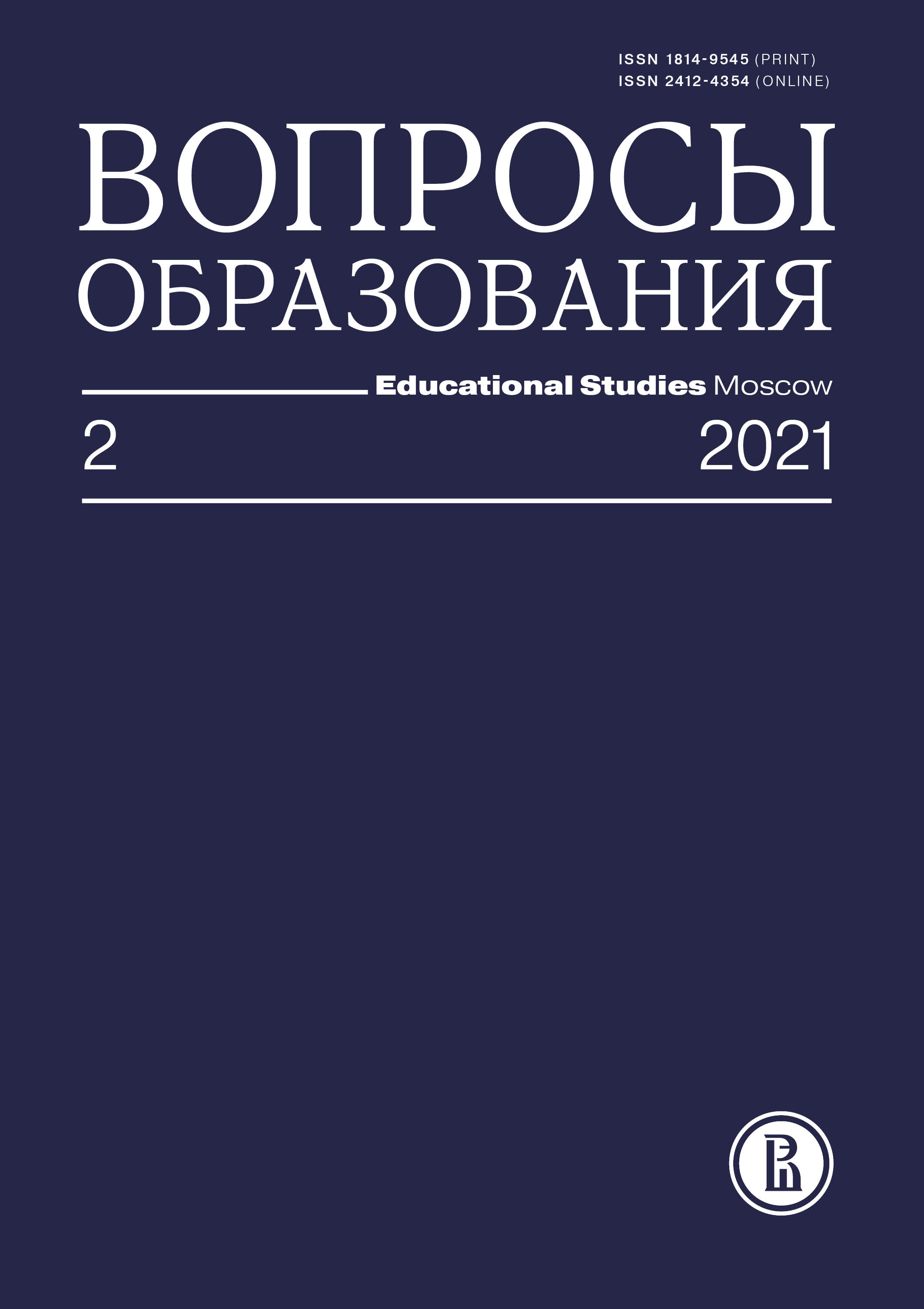The Gender Gap in Early-Career Wages of Universities’ and Vocational Education Institutes’ Graduates
Abstract
Data from the Federal Statistical Sample Survey of Employment of Vocational Education and Higher Education Graduates is used to measure the gender wage gap and analyze the factors explaining gender inequality. The Mincer equation with Heckman sample selection bias correction as well as the Blinder–Oaxaca and Neumark decomposition methods are applied to measure gender differences in earnings. Findings show that women are paid 18–20% lower than men, the educational and socio-demographic characteristics as well as labor market factors being controlled for. The gender wage gap is largely dependent on education attainment, reaching 25% among graduates from skilled-worker vocational programs, 20% among mid-level professionals, and 18% among college graduates. Decomposition of the gender wage gap allows assuming an essential proportion of unexplained differences that may arise from discrimination and unobservable factors.









